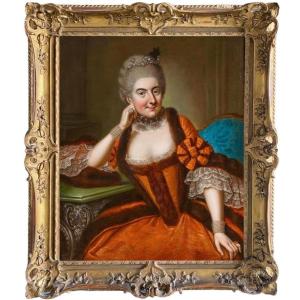Anna Rosina was born in 1713 into a family of painters of Polish noble origin in Berlin. His mother was Maria Elizabeth Kahl from Pomerania. Her father, Georg Lisiewski (1674–1751), taught painting to Rosina and her siblings Anna Dorothea (1721–1782) and Christoph Friedrich (1725–1794). Later, she studied with the painter Antoine Pesne and learned his style of painting. In 1757, Rosina was appointed court painter by Frédéric-Auguste d'Anhalt-Zerbst. During her ten-year stay at court, she painted a gallery of forty ladies. Later she moved to the ducal court of Brunswick, where she received a generous scholarship from Duchess Philippine Charlotte of Brunswick-Wolfenbüttel. His work is held in the permanent collections of several museums around the world, including the Kunsthistorisches Museum, the University of Michigan Museum of Art, and the National Museum in Warsaw. Sophie Karoline Marie (1737-1817) was a daughter of Duke Charles I of Brunswick-Wolfenbüttel and a younger sister of Anna Amalia of Weimar. In 1758 she married Margrave Frederick III of Brandenburg-Bayreuth, who previously had been married in his first marriage to Wilhelmina of Prussia, a sister of Frederick the Great. Her husband died after only three years of marriage and Sophie Karoline Marie moved to Erlangen, where she had her widow's seat for 53 years under the name "Erlanger Markgräfin". Professor Helmut Börsch-Supan attributes this portrait to Barbara Rosina Lisiewska-de Gasc, a daughter of the Prussian court painter Georg Lisiewski, who taught him painting with his brothers Anna Dorothea and Christoph Friedrich. Barbara Rosina Lisiewska first married the painter David Matthieu, after his death with Ludwig de Gasc, assessor of the Berlin court and professor of French literature in Braunschweig. Prof. Börsch-Supan managed to identify the sitter on the basis of a portrait of Sophie Karoline Marie by Johann Georg Ziesenis (cf. Karin Schrader: Der Bildnismaler Johann Georg Ziesenis (1716-1776), Münster 1995, no. 158, with two workshop replicas no. 158a and 158b), which once stood at Blankenburg Palace and was sold at Sotheby's major auction at Marienburg Palace in 2005. According to this, the current painting, that Professor Börsch-Supan dates from the time shortly before the marriage of the Princess of Brunswick to the Margrave of Bayreuth in 1759 or at the latest before his death in 1763, served as the model for the portrait of the Hanoverian court painter Ziesenis.
Expertised by Prof. Dr. Helmut Börsch-Supan, Berlin, 18.9.2022
Canvas size: approx. 97 by 70cms and with the frame ca. 127 by 100 cms
Provenance: Private collection, Belgium





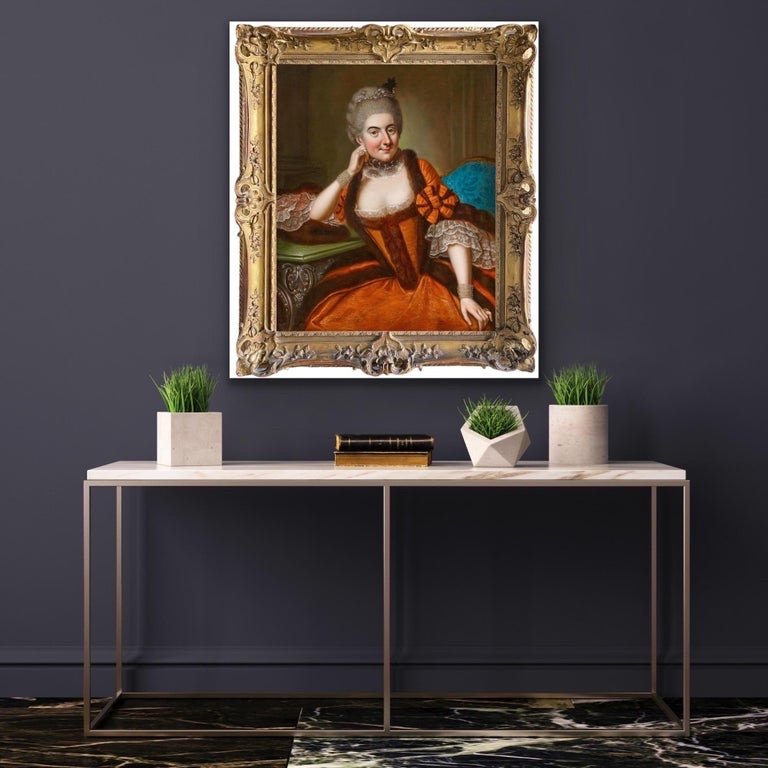
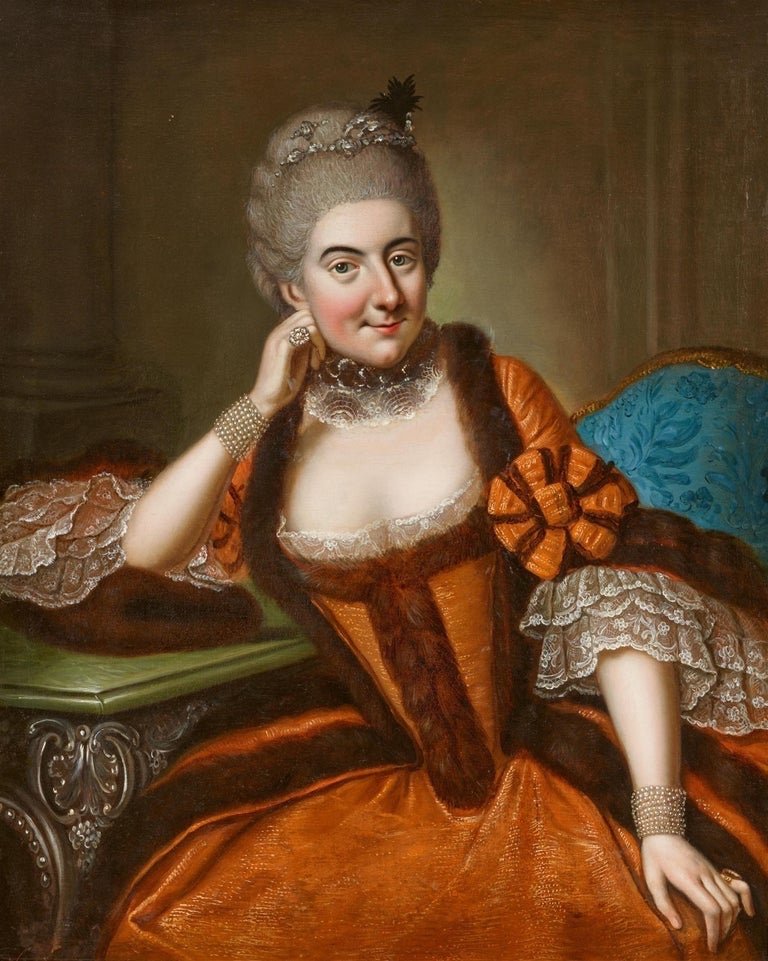

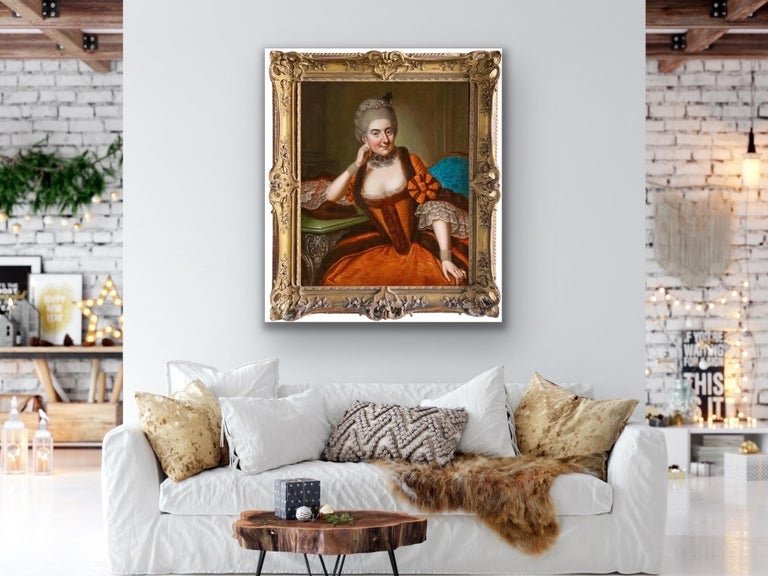
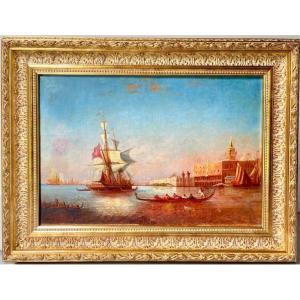


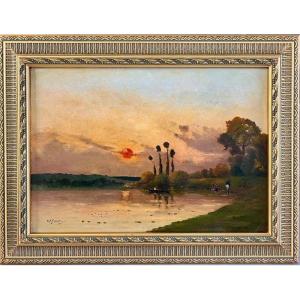






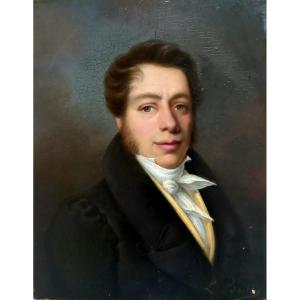




 Le Magazine de PROANTIC
Le Magazine de PROANTIC TRÉSORS Magazine
TRÉSORS Magazine Rivista Artiquariato
Rivista Artiquariato
